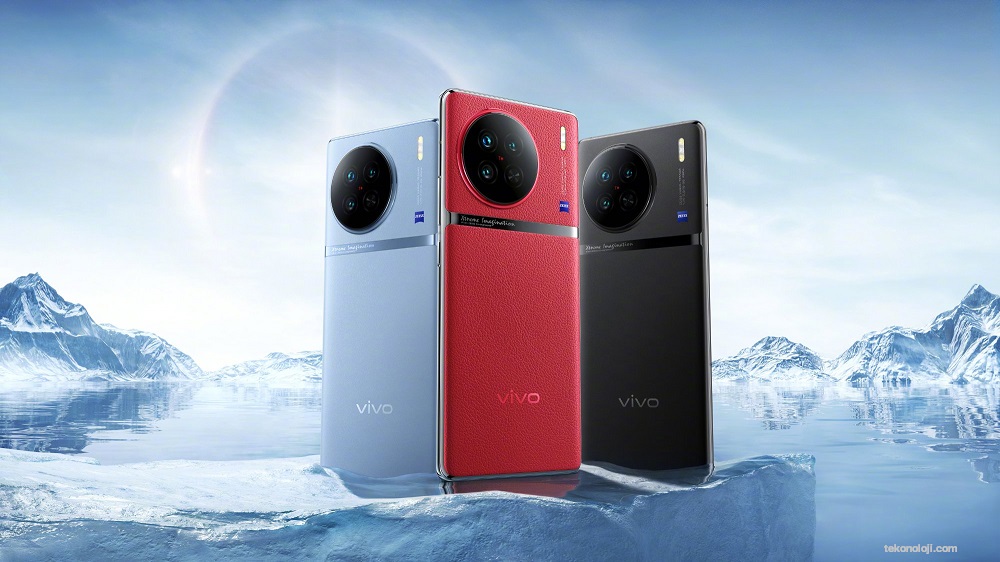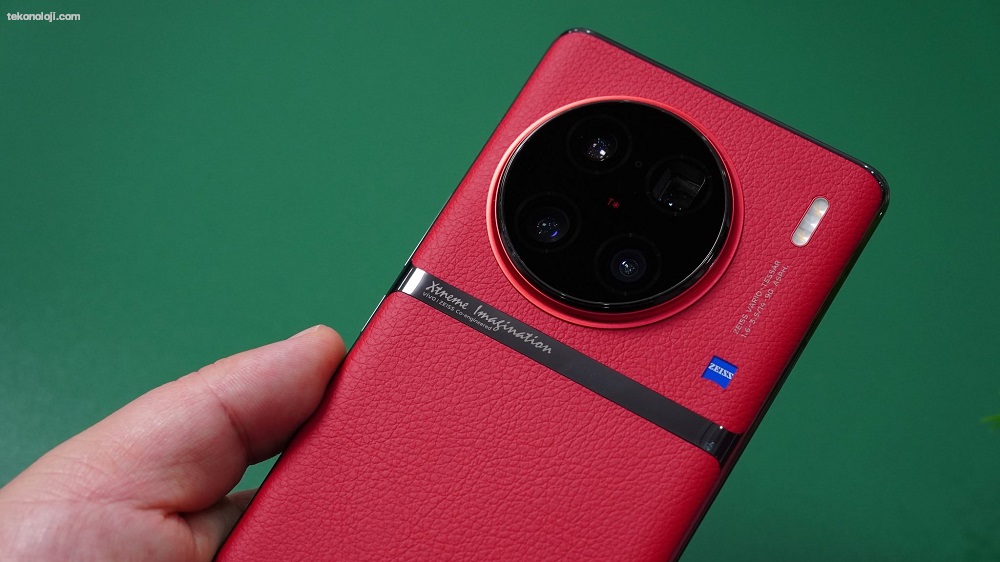Vivo X90 Pro+, the first Snapdragon 8 Gen 2 smartphone introduced. The first Snapdragon 8 Gen 2 smartphone, vivo X90 Pro+.
Netflix is giving away the game Immortality for iPhone and Android
Design
The smartphone received a large 6.78-inch LTPO 3 AMOLED display with a resolution of 1440 × 3200 pixels manufactured by Samsung. Refresh rate up to 120 Hz. Peak brightness is 1800 nits, which is a significant improvement over the X80 Pro, which peaked at around 1500 nits.
The smartphone is not small at all: 164.4 × 75.3 × 9.7 mm, which is commensurate with its predecessor. It is also longer and thicker than the iPhone 14 Pro Max, but narrower. However, vivo is lighter than the iPhone by 20 grams at once: the weight is 220 g.
The most interesting thing about the design of the X90 Pro + is the rear panel. There is a huge block of cameras, inscribed in a leather backdrop in red or black.

The smartphone comes in two versions: 12/256 and 12/512 GB. Built-in memory type UFS 4.0.
The vivo X90 Pro + has a battery with a nominal capacity of 4700 mAh. It is divided into two cells, which allows you to use fast wired charging with a power of 80 W and wireless up to 50 W. Up to “hundreds” the smartphone is charged by wire in 33 minutes.
Cameras

In addition to the system-on-a-chip, vivo X90 Pro + is also interesting in terms of cameras. There are five of them here – and they, apparently, are good.
- The wide-angle camera received an inch Sony IMX989 sensor at 50.3 megapixels. Exactly the same is in Xiaomi 12S Ultra. The size of each pixel at maximum resolution is 1.6 µm. In the case of binning, the points increase to 3.2 µm. This camera has a 23mm EGF lens with a fixed aperture of f/1.75.
- The ultra-wide has a half-inch Sony IMX598 sensor with a resolution of 48 megapixels with a size of each pixel of 0.8 µm. The EGF of the lens is 14 mm, the field of view is 114°, aperture is f/2.2.
- Next are two televisions. The first received a 1 / 2.4-inch Sony IMX758 sensor with a resolution of 50 megapixels and a pixel size of 0.7 µm. Here the lens with EGF is 50 mm, that is, the optical magnification is 2.17 ×, but in the interface itself it is rounded up to two.
- The second TV set received a half-inch OmniVision OV64B matrix with a resolution of 64 megapixels and the same 0.7 µm pixel. The camera received a periscope lens with 90 mm EGF, that is, the optical zoom will be 3.9 ×, but for some reason they rounded up to 3.5 in the interface.
- The fifth camera is the front one. This is the module with the smallest 1/2.8 Vidicon inch sensor. Its resolution is 32 megapixels, that is, the pixel size is 0.8 µm. The camera has a 24mm EGF lens with a constant f/2.5 aperture.
- At the presentation, they talked a lot about the glass that protects all the cameras on the rear panel. For example, this glass received an Abbe coefficient of 81.6. The larger this value, the less light is scattered. In addition, the lenses are coated with a special Zeiss T* coating that reduces flare and ghosting. But it didn’t work with previous versions.
Prices and Availability
The smartphone will be available so far only in China – and it’s not a fact that it will officially appear outside the Celestial Empire. There, the smartphone will be available from December 6th. The prices are as follows:
- 12/256 GB – 6499 approximately $910;
- 12/512 GB – 6999 approximately $980.
If a smartphone can be bought outside China, then its price will be much higher than indicated.
